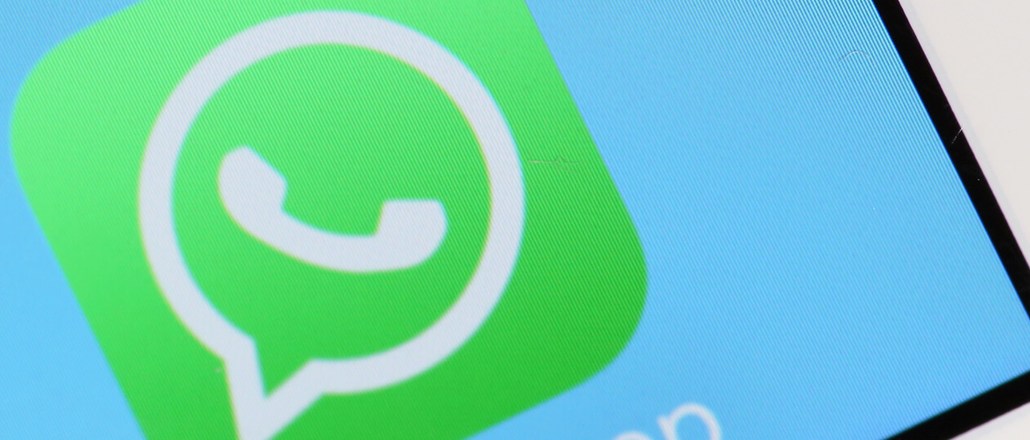
Publishers have a love-hate relationship with WhatsApp. While many are seeing big numbers from the platform, they’re also wrangling with a handful of product issues that complicate how they’re approaching the platform.
For publishers such The Huffington Post U.K. and Daily Mirror, which use WhatsApp to send breaking news alerts to readers, the big challenge is the work involved in getting people signed up for the alerts. It’s an arduous process on both ends. To get the alerts, readers have to send a message to a dedicated number setup by a publisher, which is a more-lengthy process than clicking a “Like” or “Follow” button.
But that’s only the beginning of the process: To get those alerts out to readers, publishers have to add every signed up user to a Broadcast List, which is what lets WhatsApp users send messages to many people at once. That’s a long process for publishers’ small social media teams, and it’s made more complicated by WhatsApp limiting each broadcast list to 256 users.

“It’s an absolute nightmare,” said Chris York, social media editor at Huffington Post U.K., which launched its first WhatsApp trials in October. York said that process of adding and removing WhatsApp users from its Broadcast lists has been so laborious that The Huffington Post has stopped actively marketing the feature. “We’ve only just scratched the surface of what we could achieve with WhatsApp and we’re really excited to keep innovating with their platform,” he added.
Other publishers are seeing the same issues. The Daily Mirror, which started sending out WhatsApp politics alerts last week, has already felt the heat. “We don’t have the biggest team, and it’s a very manual process, particularly in comparison to something like Twitter,” said Heather Bowen, head of social media at The Daily Mirror.
But publisher frustrations with WhatsApp are in part due to the basic reality that WhatsApp was designed for small-scale commutation, large-scale broadcasting.
“While there are lots of interesting ways publishers use WhatsApp, news alerts isn’t really an intended use of the product right now,” said WhatsApp director of communications Brandon McCormick. “We don’t have any specific plans to build this functionality into the product but we always like to see creative uses of our service. ”
Add to that the spam concern. Making it easier for publishers to send out messages to many readers makes it easier for spammers to do the same. WhatsApp, which handles 30 billion messages a day, has become an attractive target for scammers, which use the app to sell fake handbags, sunglasses and even investment schemes.
Another issue is measurement. WhatsApp may be a big traffic driver, but publishers still don’t know much about that traffic. The app is one of the primary drivers of “dark social” traffic, which it hard for publishers to get much data about the sharing habits of readers.
Still, for the publishers putting work into WhatsApp, the platform is worth the effort. York said that the click-through rate for WhatsApp alerts is “insanely high” compared to Twitter and even Facebook. While the numbers vary depending on the story, click-through rates for Huffington Post WhatsApp can be as high as 60 percent.“If we had as many people signed up on WhatsApp as on Twitter, that would translate to some massive numbers,” York said.
Likewise, WhatsApp is an attractive platform for publishers because it helps them look beyond Facebook, which still dominates their social strategies.
“We want to look at diversifying what we do,” Bowen said. “Instead of focusing on what we have at the moment, we’re looking at how people’s habits change — and change with them.”
Photo: Tim Reckmann/Flickr
More in Media

Media Briefing: The top trends in the media industry for 2025
This week’s Media Briefing takes a look at the top trends from 2025, from digital advertising revenue performance to AI licensing deals.

Digiday Scorecard: Publishers rate Big Tech’s AI licensing deals
Digiday has compiled a scorecard grading AI platforms to make sense of the growing number of players in the AI content licensing market.

Publishers are hunting for AI prompt data — now they’re starting to get it from third-party companies
Publishers are finally gaining some visibility into AI search, as new prompt data tools crack open a black box.





